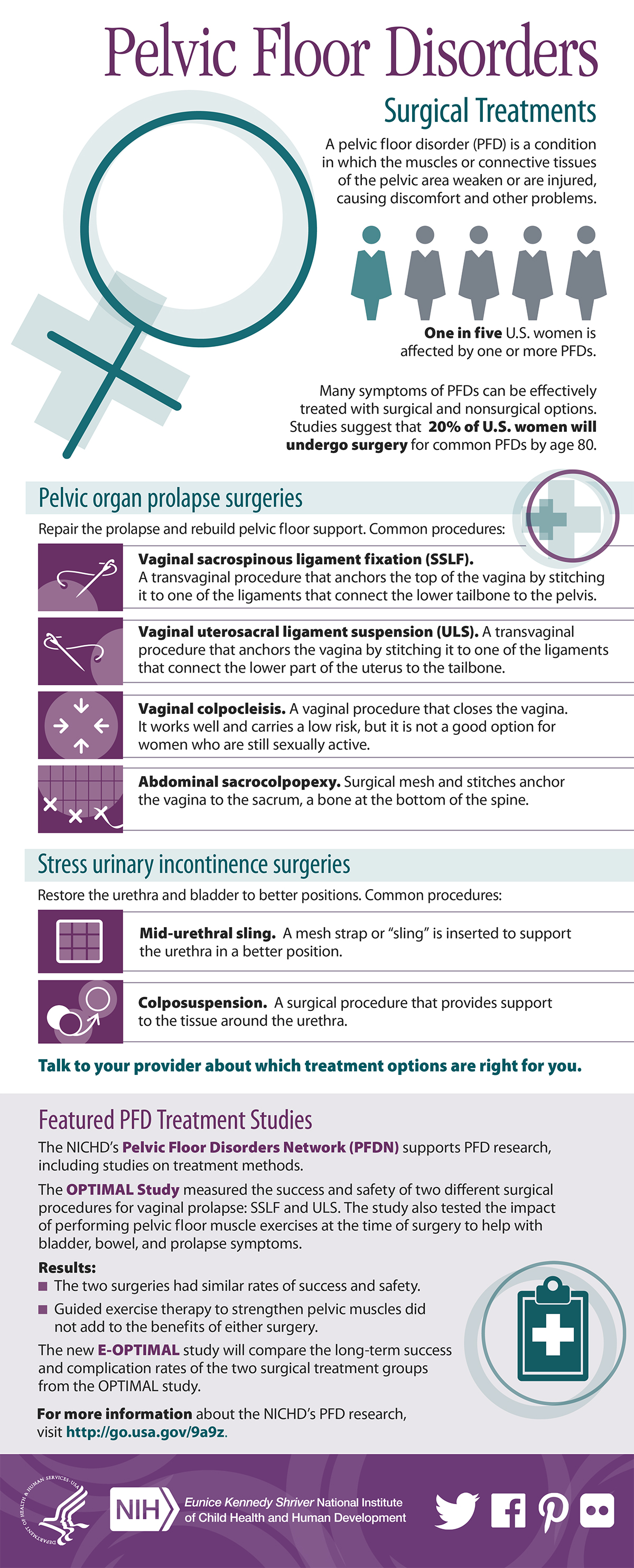How To Allocate Your Floor Covering Project: A Practical Overview
How To Allocate Your Floor Covering Project: A Practical Overview
Blog Article
Created By-Proctor Hvidberg
When you're planning a flooring project, budgeting isn't practically selecting a number; it has to do with comprehending what you really require and the costs involved. You'll intend to assess your specific needs, research study various materials, and anticipate unanticipated costs. Consider exactly how variables like area function and installment approaches can affect your budget plan. Yet prior to you jump in, there are some critical information you could neglect that can significantly impact your general costs. Let's explore exactly how to browse these complexities and guarantee your project stays on track.
Assessing Your Floor Covering Needs
Before diving into your floor covering task, it's essential to examine your floor covering requires. Beginning by taking into pop over to this site where you prepare to set up new flooring. Think about the function of each room. As an example, bathroom and kitchens require water-resistant materials, while living areas may gain from comfort and looks.
Next, evaluate the status quo of your floorings. Are there any structural issues, such as irregular surface areas or moisture troubles? Attending to just click the next web site can save you time and money down the line.
Likewise, make note of the dimensions of each room to determine how much flooring you'll require.
Do not forget to consider your way of living. If you have family pets or young children, durability could be your leading concern, while a more formal room may require an elegant finish. In addition, think of your design choices. Do you like a classic appearance, or are you drawn to modern-day styles?
Finally, be reasonable about how much upkeep you're willing to commit to. Some materials call for even more upkeep than others. By understanding your requirements plainly, you'll be much better equipped to make enlightened options as you move forward with your flooring job.
Estimating Costs and Materials
Approximating costs and materials is an essential action in your flooring task that can considerably affect your general spending plan. Begin by determining your room accurately to figure out just how much floor covering you'll need. For most materials, you'll discover pricing by square foot, so collect quotes from numerous distributors to obtain a reasonable figure.
Next off, take into consideration the kind of flooring you want. Choices like hardwood, laminate, floor tile, or carpeting all featured various rate points. Research the expenses for each and every and consider any type of extra products like underlayment, adhesive, or transition strips.
Don't forget to include tools if you're preparing a DIY setup, as renting or buying devices can contribute to your expenses.
Labor prices are one more vital consideration. If you're hiring specialists, get price quotes from multiple specialists to guarantee you're obtaining a reasonable rate. Be clear about the range of work to avoid unanticipated costs later.
Lastly, it's a good idea to reserve a little portion of your allocate any unforeseen expenses related to materials. By thoroughly approximating your expenses and materials in advance, you'll set yourself up for a smoother and extra convenient floor covering project.
Preparation for Hidden Expenditures
Many home owners overlook the covert expenditures that can occur during a flooring project, which can result in budget overruns. To avoid this, you need to plan for possible added expenses.
First, consider the condition of your existing subfloor. If it's harmed or unequal, you'll likely require repairs or leveling, which can add substantially to your total cost.
Next off, think about elimination and disposal charges for your old flooring. Numerous service providers charge additional for this solution, so element that right into your budget plan.
In addition, don't forget about the prices of underlayment, which may not be consisted of in the initial quote yet are vital for a successful setup.
You need to also prepare for unexpected issues, such as plumbing or electrical work if your floor covering task involves moving components. It's a good idea to set aside at least 10-15% of your complete allocate these unanticipated expenses.
Last but not least, remember that licenses may be needed for sure setups. Always examine regional guidelines to avoid fines or hold-ups.
Final thought
To conclude, budgeting for your flooring job is crucial for a successful result. By analyzing your requirements, estimating expenses, and preparation for covert costs, you'll avoid surprises and remain on track. Keep in mind to set aside a part of your budget for unforeseen costs and maintain an in-depth malfunction of your expenses. With mindful planning and consideration, you'll create an attractive room that fulfills your requirements without breaking the financial institution. Pleased flooring!
